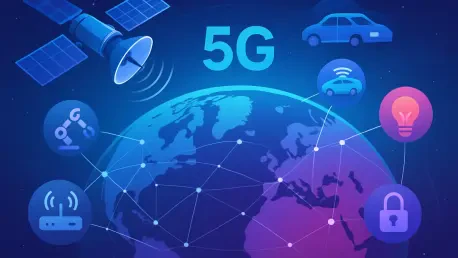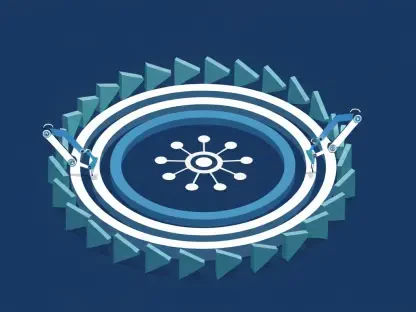Imagine a world where even the most remote corners of the planet are seamlessly connected, where IoT devices in far-flung locations can transmit data without relying on traditional terrestrial networks, and where connectivity gaps are finally bridged. This vision is rapidly becoming reality thanks to a Barcelona-based startup that has achieved a groundbreaking milestone in satellite technology. By establishing a narrowband connection from a low Earth orbit (LEO) satellite to a commercial Internet of Things (IoT) device, this company is redefining global connectivity. Announced recently, this achievement marks a historic first in leveraging global 5G standards for non-terrestrial networks (NTN), aligning with the 3GPP Release 17 specifications. It’s a step that not only showcases technical prowess but also promises to bridge connectivity gaps in underserved regions, setting the stage for transformative applications across industries.
Breaking New Ground in Satellite IoT Technology
Revolutionizing Connectivity with 5G Standards
The significance of this breakthrough cannot be overstated, as it represents the first successful connection between an LEO satellite and a commercial IoT device using globally recognized 5G standards. Specifically, the device involved is a low-power cellular module, widely utilized in sensors for tracking and monitoring purposes. This connection demonstrates the potential for satellite technology to integrate seamlessly with existing mobile network protocols, ensuring compatibility and interoperability on a global scale. Unlike proprietary systems employed by some competitors, this approach adheres to open standards, allowing for smoother collaboration with terrestrial networks. The achievement highlights a pivotal moment in telecommunications, where satellite-based solutions can support IoT applications without the need for specialized hardware, paving the way for broader adoption across various sectors, from agriculture to logistics, in regions where traditional connectivity remains out of reach.
Collaborative Innovation Behind the Milestone
This landmark success did not happen in isolation but rather through strategic partnerships and years of dedicated effort in shaping industry standards. Working alongside a Danish software provider, the Barcelona startup managed to facilitate an end-to-end message transmission via LEO satellite without requiring any hardware modifications to the IoT device. Such interoperability is a testament to the commitment to open 5G frameworks, which fosters global roaming capabilities and compatibility with diverse infrastructures. The company’s active participation in industry working groups to define these standards has been instrumental, ensuring that the technology aligns with broader telecommunications goals. This collaborative spirit not only validates the technical feasibility of satellite-to-device communication but also sets a precedent for other manufacturers to develop standards-compliant devices, potentially accelerating the growth of satellite IoT solutions worldwide.
Future Horizons and Industry Impact
Ambitious Expansion Plans for Global Coverage
Looking ahead, the company is poised for significant growth with a clear roadmap to expand its satellite constellation and market reach. Currently operating four LEO satellites, plans are in motion to launch five additional satellites by late next year, followed by 16 more in 2027, with a long-term vision of deploying hundreds to achieve comprehensive global coverage. Alongside this, distribution of IoT devices to early adopters is slated to begin soon, supported by recurring contracts worth 250 million euros ($272 million) from over 450 customers across 50 countries. Targeting an annual revenue of 1 billion euros by 2030, the startup is strategically positioning itself as a leader in the satellite connectivity space. Further details on deployment timelines are anticipated shortly, reflecting ongoing efforts to refine and scale operations to meet the rising demand for remote connectivity solutions in an increasingly connected world.
Financial Backing and Strategic Importance
The confidence in this innovative venture is underscored by substantial financial support, including a recent 70 million euro Series B funding round backed by a state-supported Spanish fund dedicated to technological transformation. This investment signals strong belief in the potential of satellite-based IoT connectivity to drive innovation, particularly in connecting off-the-grid devices and, eventually, smartphones as part of a broader vision. This aligns with industry trends recognizing satellite networks as critical infrastructure for bridging digital divides in remote areas. By focusing on open standards, the company differentiates itself from proprietary approaches, contributing to a diverse ecosystem of connectivity solutions. The successful test under 3GPP Release 17 standards marked a maturation of satellite communication technologies, encouraging other players to adopt similar frameworks and fostering scalability in global telecommunications for years to come.









